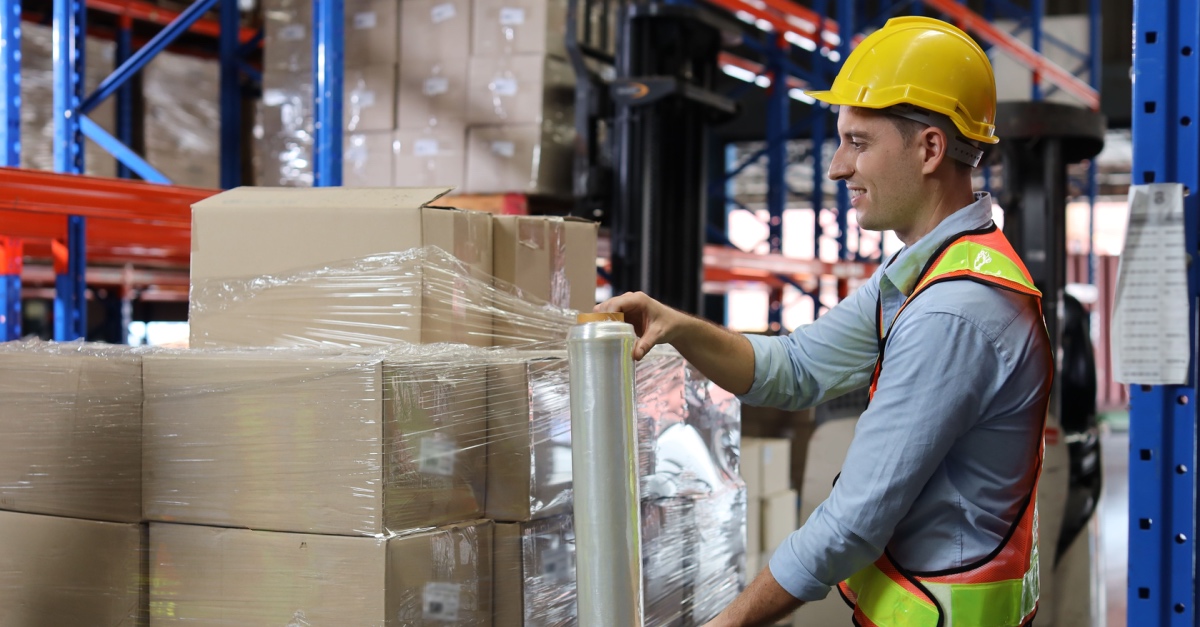Hand assembly and kitting-reliant operations are often characterized by intricate, labor-intensive, monotonous tasks. This combination of elements often injects various inefficiencies into manufacturing processes, especially in multi-process assembly lines, including:
However, savvy fulfillment specialists have been able to overcome all those constraints by embracing lean execution principles in key manufacturing and assembly operations. Here are four critical steps that need to be considered to transform any inefficient hand assembly and kitting process.Lean KittingLean kitting has been proven to address all of the manufacturing inefficiencies discussed above…and then some! The goals behind lean execution in hand assembly and kitting operations is simple:Eliminate waste at all stages of the manufacturing and assembly process; and implement continuous improvement across every assembly line.Four Critical Steps to Lean Execution in Hand Assembly and Kitting
From matching Sales Orders to Production Orders, and synchronizing order picking to assembly operations, lean execution is all about eliminating waste and unnecessary execution cycles. And no where is there better opportunity for waste elimination than is hand assembly and kitting operations.A proper kitting system will not only eliminate production bottlenecks, but will also help resolve storage and staging workspace issues, streamline material handling processes and help build flexibility into manufacturing and assembly operations. Of course, there will be challenges along the way – like dealing with defective kit contents in the middle of a production line; or considerations for storing kits that are produced well ahead of actual consumption. But these are operational issues that experienced fulfillment center operators know well how to handle.

Indicators of supply chain health are a mixed bag lately. A trade group said “normalcy” won’t be achieved in 2024, while the Fed called them “resilient.”

Warehouse labor management is such an evergreen issue, that it should have its own scientific plant name in Latin. How do we consistently find sufficient labor? How do we maintain productivity? What approach do we use?
Get ideas on how to delight your customers with delivery on their timeline.